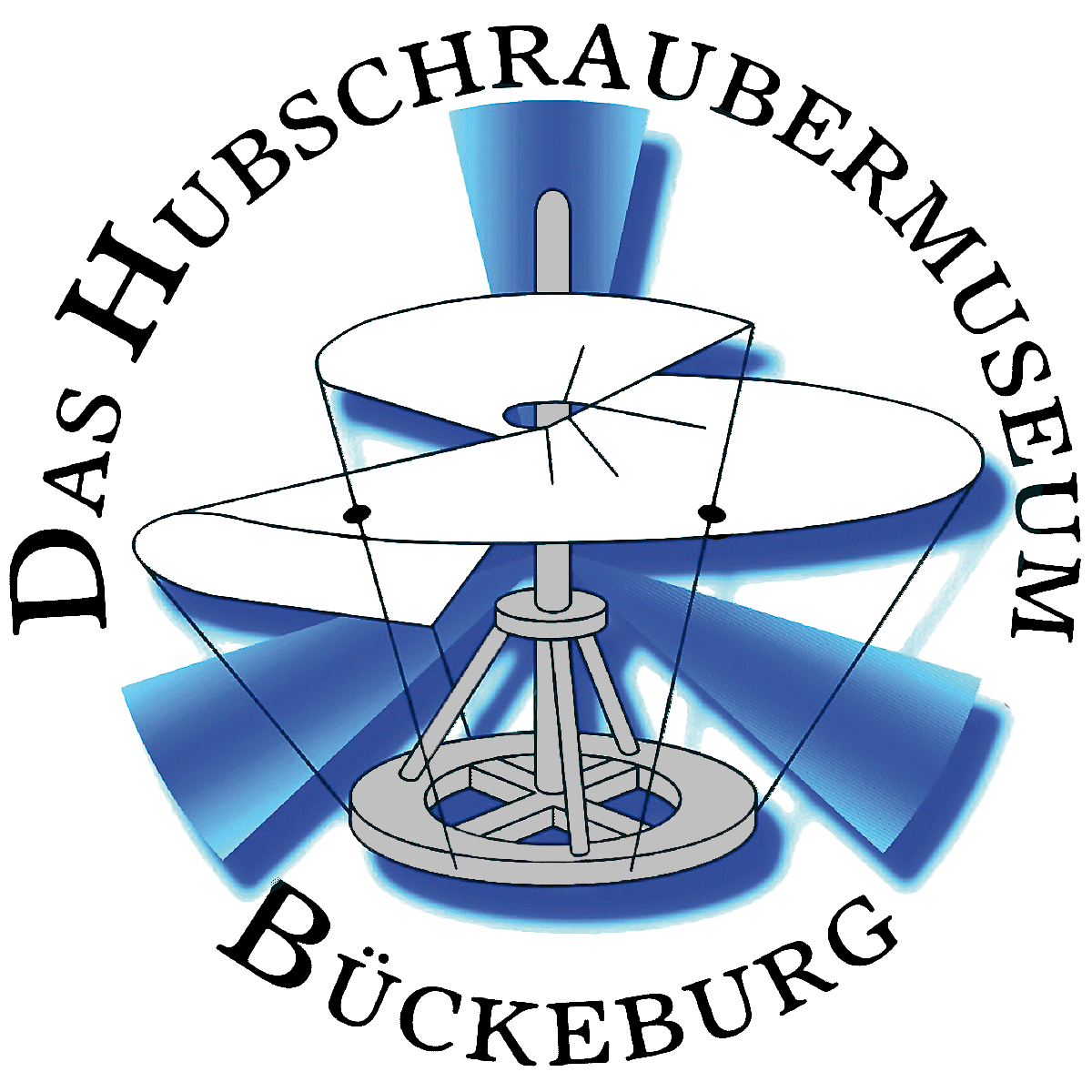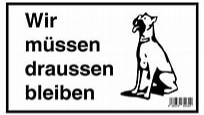Kaman K-1200 K-MAX-EN
Kaman K-1200 K-MAX
Shown here as a model in scale of 1 : 6 – built by Thorsten Siee
The Kaman K-MAX (Company designation K-1200) is an American helicopter with intermeshing rotors (synchropter) built by Kaman Aircraft. It is optimized for external load operations, and is able to lift a payload of over 6,000 pounds (2,722 kg), which is more than the helicopter’s empty weight. A remote controlled unmanned aerial vehicle version is being developed and is being evaluated in extended practical service in the war in Afghanistan.
Anton Flettner was the developer of the former German helicopter Flettner Fl 282 “Kolibri” (Hummingbird), which had the principle of counter-rotating side-by-side intermeshing (combing) rotors, as the means to solve the problem of torque compensation, normally countered in single rotor helicopters by a tail rotor or vented blower exhaust.
The K-MAX series are the latest in a long line of Kaman synchropters, the most famous of which is the HH-43 Huskie. The first turbine-powered helicopter was also a Kaman synchropter.
The K-1200 K-MAX “aerial truck” is the world’s first helicopter specifically designed, tested, and certified for repetitive external lift operations and vertical reference flight (Kaman received IFR Certification in 1999), an important feature for external load work. Other rotorcraft used for these tasks are adapted from general-purpose helicopters, or those intended to primarily carry passengers or internal cargo. The aircraft’s narrow, wedge-shaped profile and bulging side windows gives the pilot a good view of the load looking out either side of the aircraft.
The transmission has a reduction ratio of 24 in three stages, and is designed for infinite life. The rotor blades are built with a wooden spar and fiberglass trailing edge sections. Wood was chosen for its damage tolerance, fatigue resistance and to take advantage of field experience and qualification data amassed from a similar spar on the HH-43 helicopter, built for the U.S. Air Force in the 1950s and 1960s.
The K-MAX relies on the two primary advantages of synchropters over conventional helicopters. The first of these is the increased efficiency compared to conventional rotor-lift technology; the other is the synchropter’s natural tendency to hover. This increases stability, especially for precision work in placing suspended loads. At the same time, the synchropter is more responsive to pilot control inputs, making it possible to easily swing a load, to scatter seed, chemicals, or water over a larger area.
A K-MAX has been used for demolition work by having a wrecking ball as sling load.
Thirty-eight K-1200 K-MAX helicopters have been built. As of February 2012, 13 of these were not airworthy or have been written off in accidents. The production line was shut down in 2003, but may restart if the U.S. Marine Corps orders more autonomous K-MAXs.
Text from Wikipedia, the free encyclopedia



